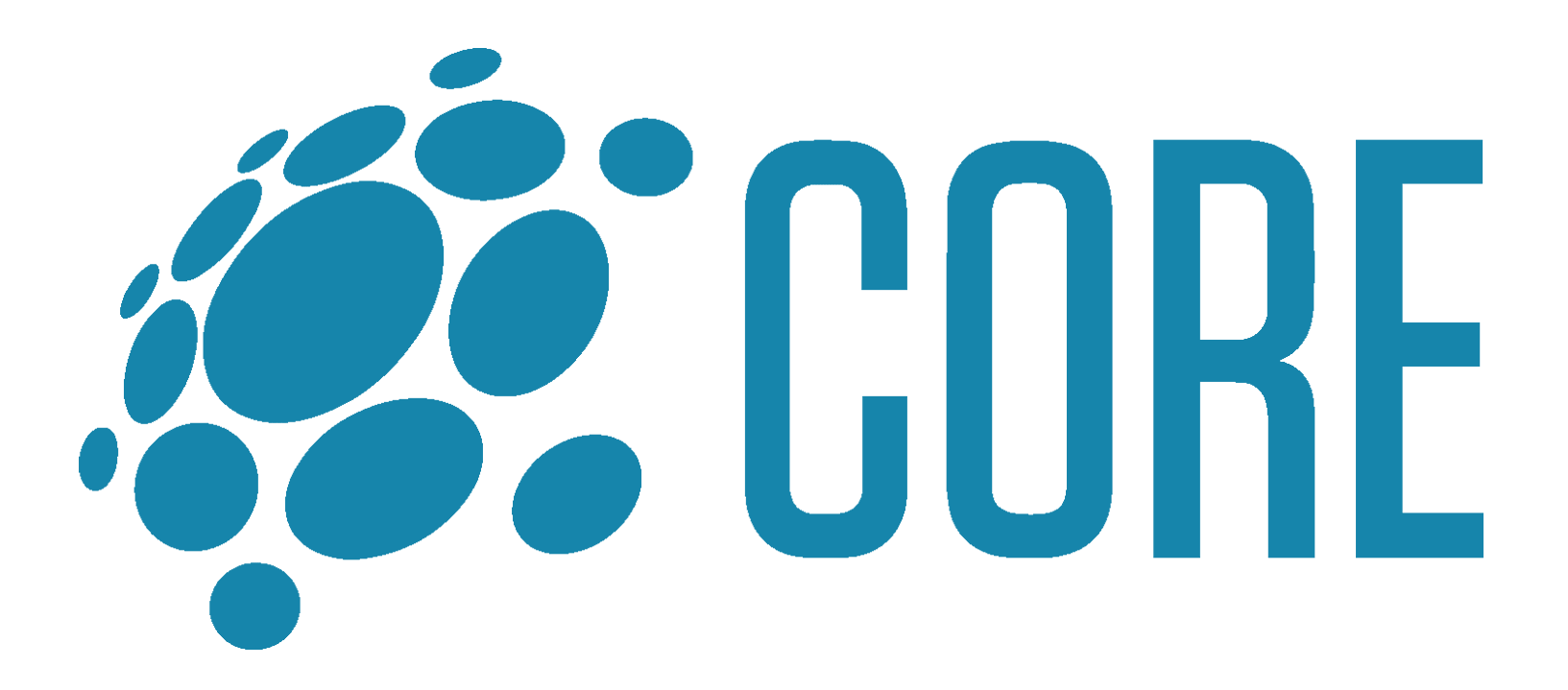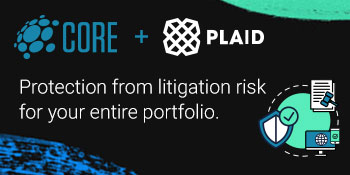Understanding Procter & Gamble's Position In Household Products Industry Compared To Competitors
Author: Benzinga Insights | May 23, 2024 11:01am
In the dynamic and cutthroat world of business, conducting thorough company analysis is essential for investors and industry experts. In this article, we will undertake a comprehensive industry comparison, evaluating Procter & Gamble (NYSE:PG) and its primary competitors in the Household Products industry. By closely examining key financial metrics, market position, and growth prospects, our aim is to provide valuable insights for investors and shed light on company's performance within the industry.
Procter & Gamble Background
Since its founding in 1837, Procter & Gamble has become one of the world's largest consumer product manufacturers, generating more than $80 billion in annual sales. It operates with a lineup of leading brands, including more than 20 that generate north of $1 billion each in annual global sales, such as Tide laundry detergent, Charmin toilet paper, Pantene shampoo, and Pampers diapers. P&G sold its last remaining food brand, Pringles, to Kellogg in calendar 2012. Sales outside its home turf represent around 53% of the firm's consolidated total.
| Company |
P/E |
P/B |
P/S |
ROE |
EBITDA (in billions) |
Gross Profit (in billions) |
Revenue Growth |
| Procter & Gamble Co |
27.42 |
8.04 |
4.94 |
7.6% |
$5.54 |
$10.34 |
0.63% |
| Colgate-Palmolive Co |
30.08 |
338.02 |
3.97 |
162.81% |
$1.2 |
$3.04 |
6.18% |
| Kimberly-Clark Corp |
24.56 |
43.18 |
2.22 |
66.05% |
$1.03 |
$1.91 |
-0.89% |
| Church & Dwight Co Inc |
33.96 |
6.40 |
4.47 |
5.72% |
$0.37 |
$0.69 |
5.14% |
| Clorox Co |
69.09 |
182.93 |
2.33 |
-70.83% |
$0.04 |
$0.77 |
-5.27% |
| Reynolds Consumer Products Inc |
18.67 |
3.10 |
1.66 |
2.47% |
$0.12 |
$0.2 |
-4.69% |
| WD-40 Co |
46.41 |
14.60 |
5.64 |
7.16% |
$0.02 |
$0.07 |
6.85% |
| Central Garden & Pet Co |
17.91 |
1.77 |
0.80 |
4.18% |
$0.12 |
$0.28 |
-0.98% |
| Energizer Holdings Inc |
24.92 |
11.03 |
0.74 |
17.91% |
$0.11 |
$0.25 |
-3.04% |
| Oil-Dri Corp of America |
13.57 |
3.02 |
1.83 |
6.12% |
$0.02 |
$0.03 |
3.93% |
| Average |
31.02 |
67.12 |
2.63 |
22.4% |
$0.34 |
$0.8 |
0.8% |
Upon closer analysis of Procter & Gamble, the following trends become apparent:
-
At 27.42, the stock's Price to Earnings ratio is 0.88x less than the industry average, suggesting favorable growth potential.
-
Considering a Price to Book ratio of 8.04, which is well below the industry average by 0.12x, the stock may be undervalued based on its book value compared to its peers.
-
The Price to Sales ratio of 4.94, which is 1.88x the industry average, suggests the stock could potentially be overvalued in relation to its sales performance compared to its peers.
-
With a Return on Equity (ROE) of 7.6% that is 14.8% below the industry average, it appears that the company exhibits potential inefficiency in utilizing equity to generate profits.
-
Compared to its industry, the company has higher Earnings Before Interest, Taxes, Depreciation, and Amortization (EBITDA) of $5.54 Billion, which is 16.29x above the industry average, indicating stronger profitability and robust cash flow generation.
-
With higher gross profit of $10.34 Billion, which indicates 12.92x above the industry average, the company demonstrates stronger profitability and higher earnings from its core operations.
-
The company's revenue growth of 0.63% is significantly below the industry average of 0.8%. This suggests a potential struggle in generating increased sales volume.
Debt To Equity Ratio

The debt-to-equity (D/E) ratio provides insights into the proportion of debt a company has in relation to its equity and asset value.
Considering the debt-to-equity ratio in industry comparisons allows for a concise evaluation of a company's financial health and risk profile, aiding in informed decision-making.
When evaluating Procter & Gamble alongside its top 4 peers in terms of the Debt-to-Equity ratio, the following insights arise:
-
Among its top 4 peers, Procter & Gamble has a stronger financial position with a lower debt-to-equity ratio of 0.65.
-
This indicates that the company relies less on debt financing and maintains a more favorable balance between debt and equity, which can be viewed positively by investors.
Key Takeaways
The low PE and PB ratios suggest Procter & Gamble may be undervalued compared to its peers in the Household Products industry. However, the high PS ratio indicates a potential overvaluation based on revenue. The low ROE and revenue growth, along with high EBITDA and gross profit, may indicate a need for further analysis to understand Procter & Gamble's financial performance relative to its industry competitors.
This article was generated by Benzinga's automated content engine and reviewed by an editor.
Posted In: PG





